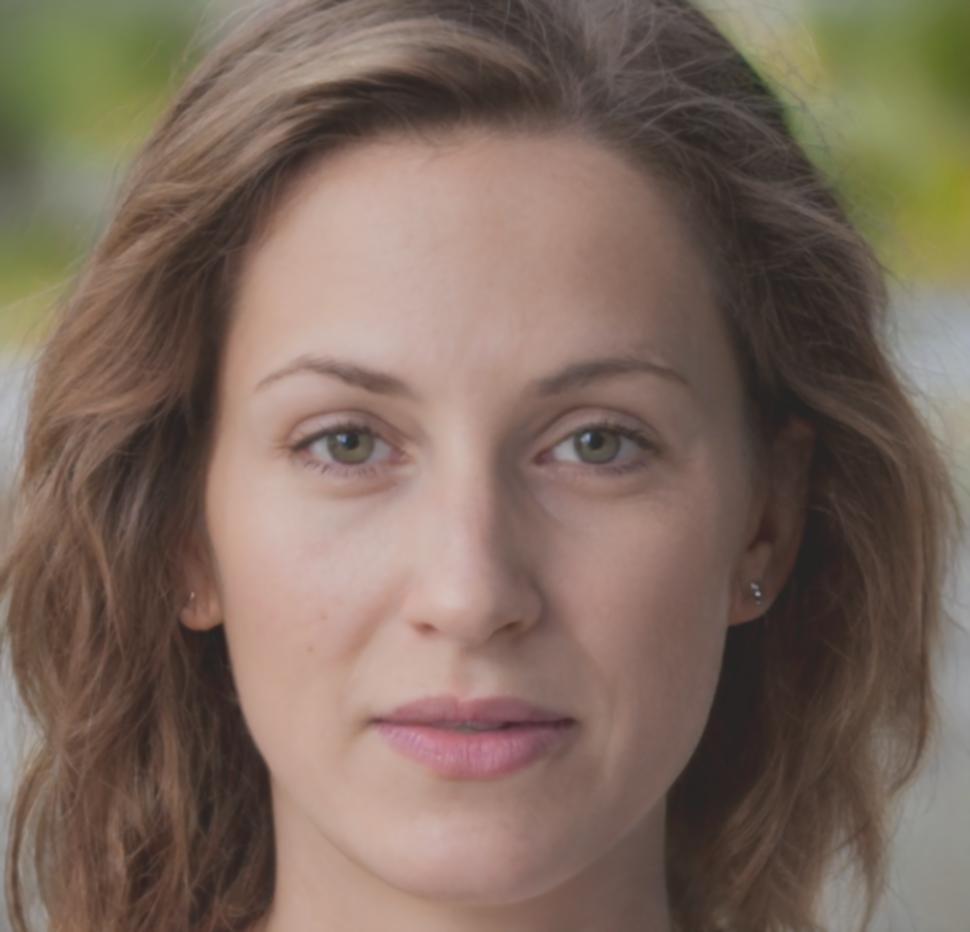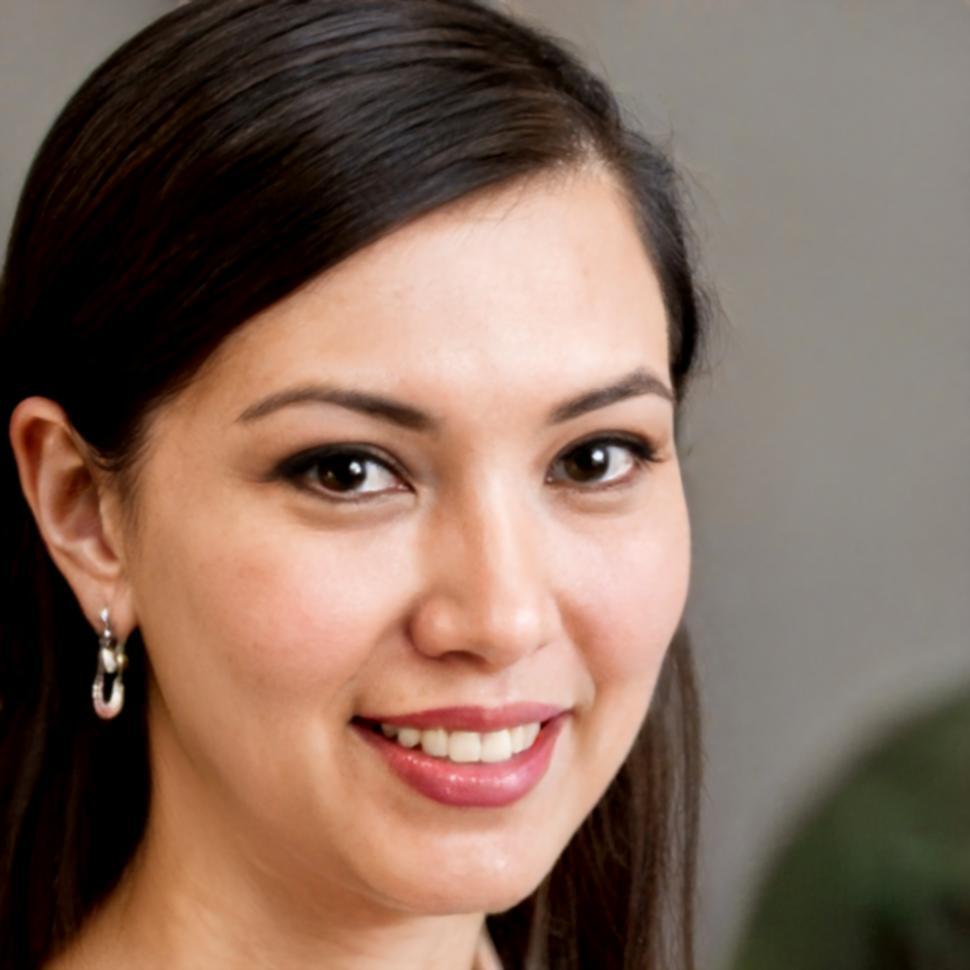Finance Communication Through Real Experience
We teach business finance concepts by working through actual Australian market scenarios. Our methods focus on building practical skills rather than memorizing theory. Classes run from September 2025, giving you time to prepare properly.
Learning Through Doing
Most finance courses throw formulas at you and hope they stick. We start with a problem instead. Something a Perth business owner might face on Tuesday morning.
You work through it. Make mistakes. We discuss what went wrong and why. Then you try again with a different scenario.
By the end, you understand not just the formula, but when to use it. And more importantly, when not to.

How We Structure Learning
Each method connects to actual business situations you'll encounter. Nothing abstract or theoretical.
Case Discussion
We present a real company situation. Everyone suggests approaches. We explore why certain ideas work better than others in that specific context.
Data Interpretation
You get financial statements with no guidance. Your job is finding what matters. We compare different interpretations and discuss what each reveals.
Peer Review
Everyone solves the same problem. Then you review someone else's work. This reveals gaps in your own understanding faster than any lecture could.
Communication Practice
Understanding finance means nothing if you can't explain it. You present findings to the group. We refine how you communicate complex ideas simply.
Iterative Problem Solving
We revisit the same scenario three times over six weeks. Each time, you notice more. Your recommendations become sharper and more nuanced.
Time-Boxed Challenges
Real business decisions happen under pressure. You get limited time with incomplete information. Then we discuss how you prioritized and what you missed.

Rhiannon Caldwell
Finance Instructor
Spent twelve years doing financial analysis for mid-sized Australian companies before teaching. Prefers real numbers to textbook examples.

Saskia Pemberton
Communication Lead
Helped businesses communicate financial information to stakeholders for eight years. Now teaches others how to make complex data accessible.
Who Teaches You
Both instructors worked in business finance before teaching. They understand the gap between what textbooks say and what actually happens when dealing with Australian companies.
Classes are small. Usually eight to twelve people. This matters because everyone needs space to work through problems out loud and get specific feedback.
Programme Structure
Autumn 2025 intake begins September. Classes run Tuesday and Thursday evenings for sixteen weeks.
Foundation Phase
We start with financial statements. Not how to read them technically, but what they reveal about business health. You analyze three companies in different sectors.
Decision Making
Now you have data. What do you recommend? Each week presents a different business challenge. Your analysis becomes more sophisticated as patterns emerge.
Communication Focus
You present findings to groups playing different roles. Board members want different information than department managers. Same data, different emphasis.
Integrated Projects
Final weeks combine everything. You get a comprehensive business scenario requiring analysis, recommendations, and stakeholder presentations. We provide feedback throughout.